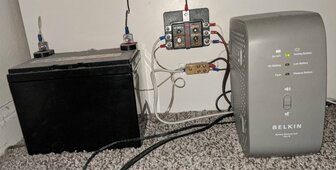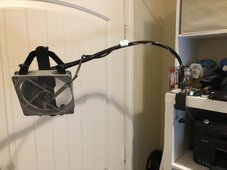Ahh... so hypothetically if I run the 1/4" spade connectors outside the UPS to a... idk 50ah LFPo, I should be fine. Because it will have a much larger BMS with a high AH C-rate draw capability. Any suggestions?
https://www.amazon.com/BtrPower-Lithium-LiFePO4-Battery-Application/dp/B0C64Z96DB
Here, this one has a BMS that says it's capable of 10 amps. I can't imagine a mini-UPS like the Belkin (36w peak) drawing more than that on a self-test. It's nearly twice as much as the 6ah LFPo that didn't work.
Oh and it can do 20 amps for 5 seconds!
https://www.amazon.com/BtrPower-Lithium-LiFePO4-Battery-Application/dp/B0C64Z96DB
BtrPower 12V 8Ah Lithium LiFePO4 Battery • 5000+ Deep Cycle LiFePO4 Battery • with 10A BMS
Here, this one has a BMS that says it's capable of 10 amps. I can't imagine a mini-UPS like the Belkin (36w peak) drawing more than that on a self-test. It's nearly twice as much as the 6ah LFPo that didn't work.
Oh and it can do 20 amps for 5 seconds!
Last edited:









